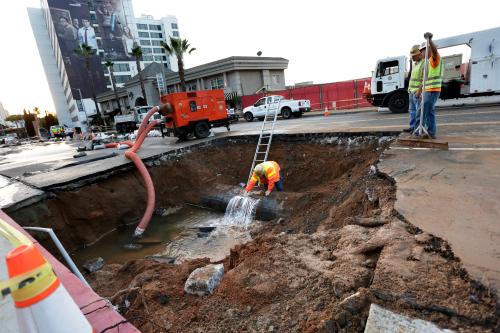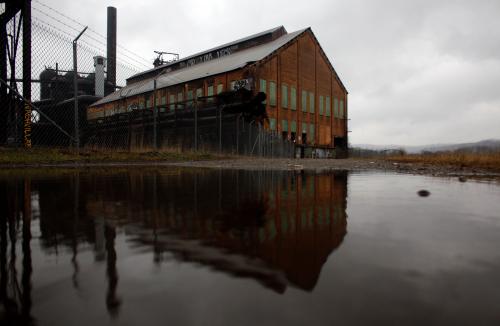Water infrastructure challenges are mounting across the United States, particularly in cities like Flint, Michigan. Many water utilities are struggling to keep up with ongoing maintenance and pursue increased infrastructure investment. Beyond the enormous physical scale of the country’s water needs, though, utilities and their municipal peers often do not have a clear sense of the numerous financial and economic hurdles to accelerate new improvements – or how these hurdles can vary widely from city to city. In a recent paper, I analyze six key variables to quantify more consistently where cities stand when it comes to water infrastructure investment, with an eye toward informing regional plans and innovations that continue to emerge in this space.
In a podcast segment, I offer an overview of this research and describe how some of the country’s largest water utilities in cities like San Francisco, Cleveland, and Birmingham must weigh a variety of economic factors to provide affordable, reliable service in years to come.
The Brookings Institution is committed to quality, independence, and impact.
We are supported by a diverse array of funders. In line with our values and policies, each Brookings publication represents the sole views of its author(s).






Commentary
Metropolitan Lens: Investing in water infrastructure and measuring where cities stand
February 8, 2017